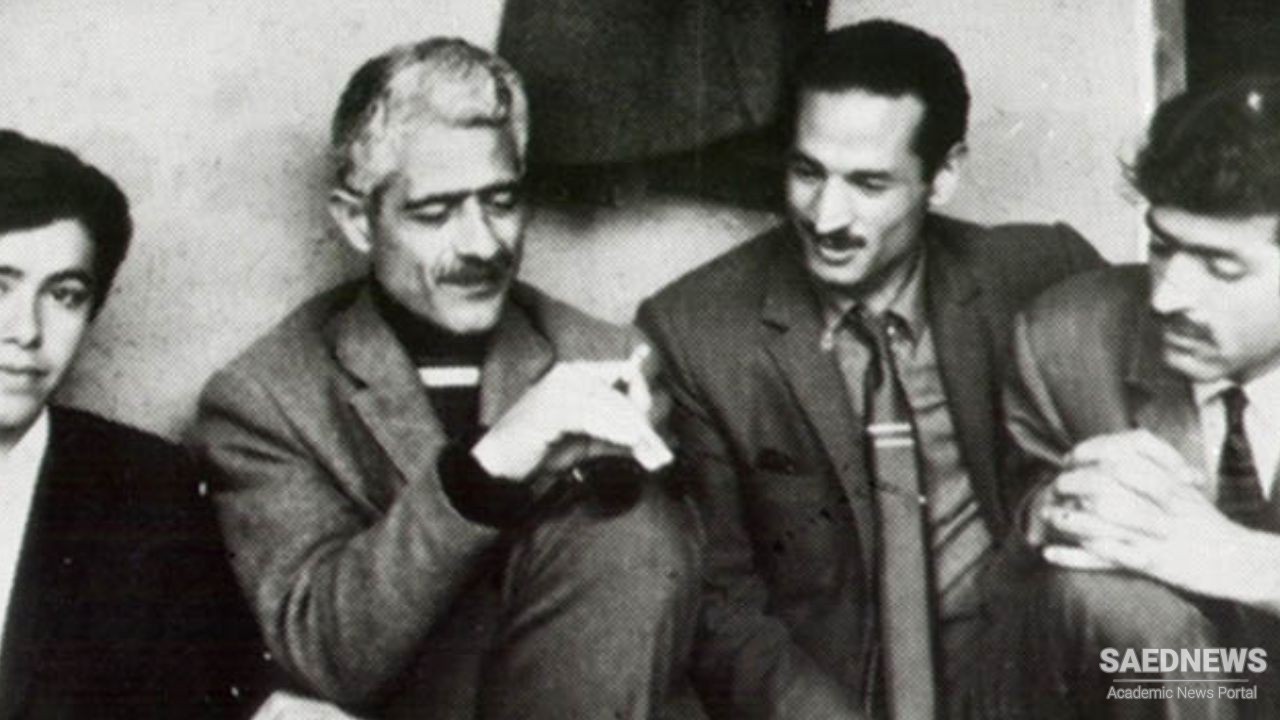The most eminent intellectual proponents of "the Islamic Ideology" in Iran were Jalal Al-e Ahmad (1923-1969), Ali Shariati (1933-1977), and Morteza Motahhari (1920-1979). Other prominent figures contributed to the making of this ideology. Having witnessed the failure of the Tudeh Party to communicate its ideological designs to its purported audience, Al-e Ahmad envisioned the possibility of an alternative language that could be delivered in a more Islamic cast. In his Gharbzadegi (Westoxication), and as the most compelling hidden agenda of the text, Al-e Ahmad tried to convince himself and others that the Shiite political ideas were the best possible forms through which an alternative system of political persuasions could be formulated. But the most serious exponent of "the Islamic Ideology" was Ali Shariati who undertook the task of rewriting the entire Islamic history in a utopian language that would convince his young constituency of the political viability of his version of Shiite Islam. He embarked on an extensive approximation of the Marxist utopian motifs based on specifically Shiite terms.The success of his reideologization of Islam still reverberates in diverse political groupings such as the organs of the Islamic Republic and the Mojahedin-e Khalq Organization. Beyond the initial endeavors of Al-e Ahmad and Shariati, and even beyond the massive erudition that Morteza Motahhari brought to bear on the validity of the neologistic construct, a whole generation of Islamic ideologues substantiated the specifics of "the Islamic Ideology." While the patently secular ideologies could not mobilize enough revolutionary momentum to become politically viable, and thus gave rise to cryptosecular religious ideologies, patently religious motifs and sensibilities found their way into the pronouncedly secular movements and thus gave certain metaphysical impetus to otherwise this-worldly claims to political salvation.


 Shia Intellectual Roots of Shah Ismail
Shia Intellectual Roots of Shah Ismail














































